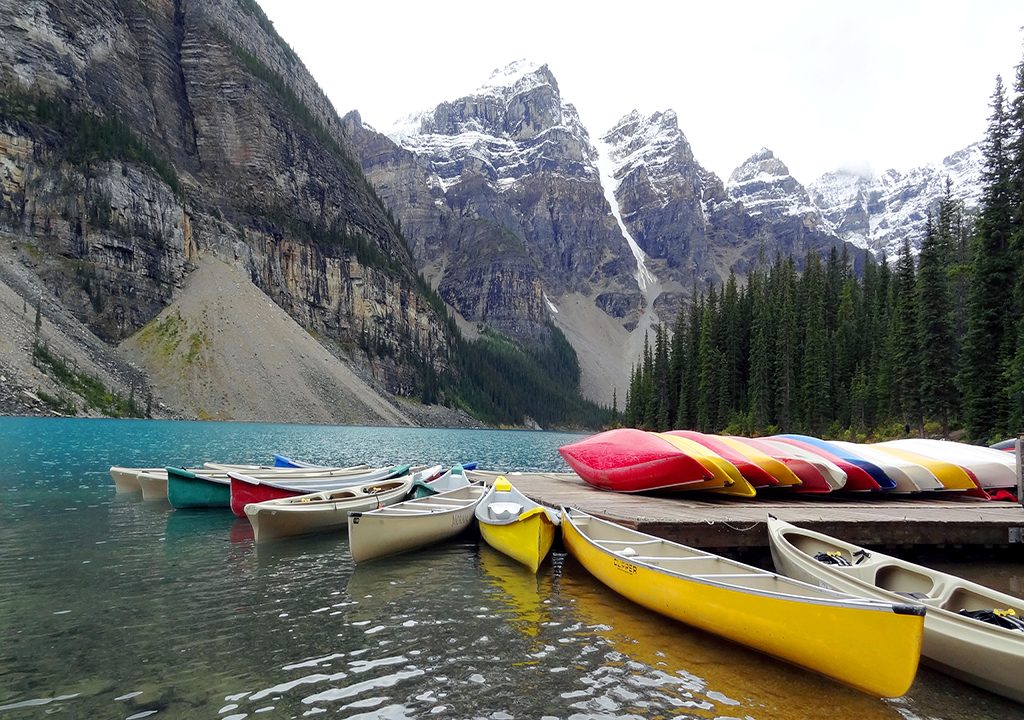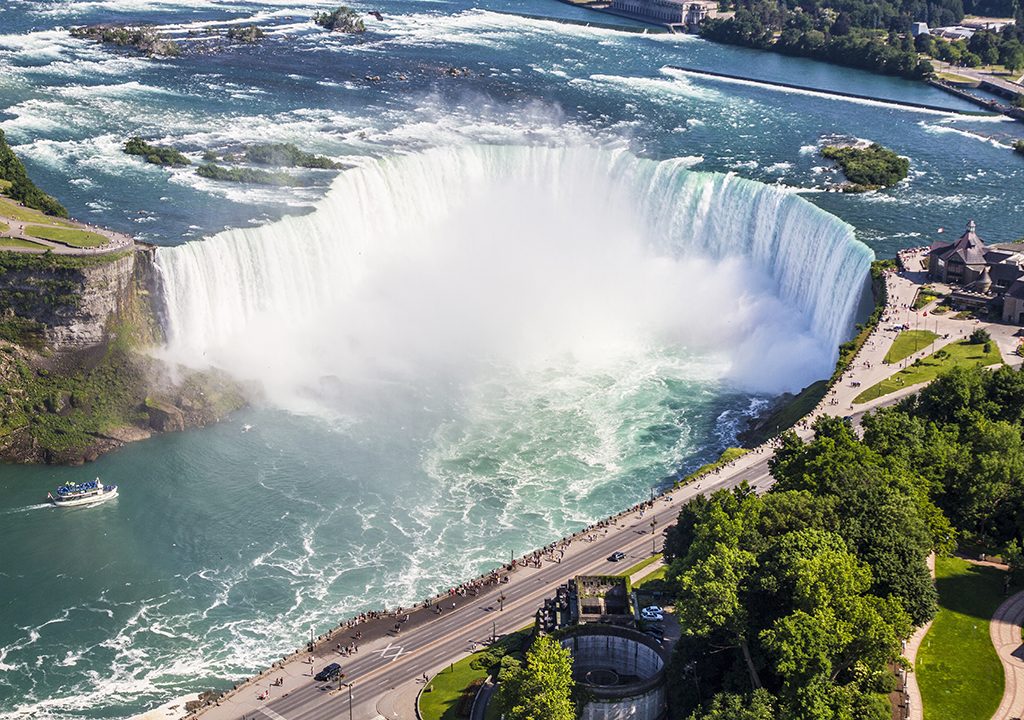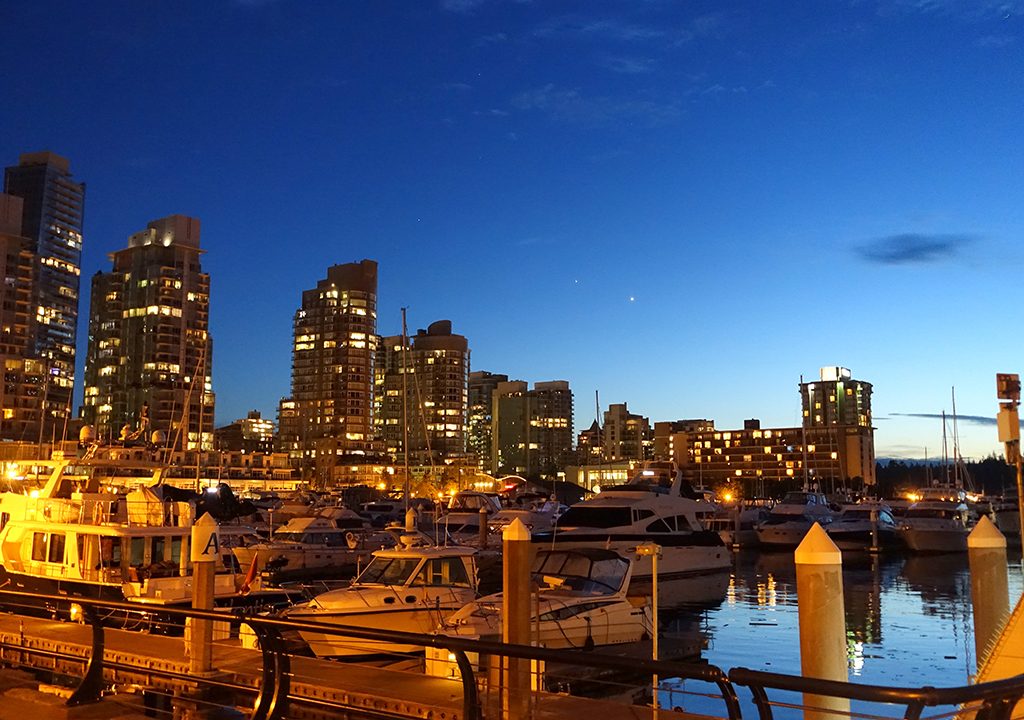Ottawa – The city of Ottawa is Canada’s national capital. This city is home to national government monuments like Parliament Hill, Govt. Aquariums, many major museums like the Museum of Civilization, cool urban neighborhoods like the By Ward Market, and the Fisheries Market. To top it up with more, this great city is also home to the great old architecture of medieval times.
Calgary – A commercial town at its best, Calgary is a boom-town without a doubt and is a major Canadian financial city. For non-business travelers, it offers world-class Calgary Zoo, the Calgary Tower, the Calgary Stampede, Glenbow Museum, shopping at Chinook Mall and Atlantic Ave, and is only a short distance from the recreation of the Rockies. As such, it is the eastern gateway to the Rocky Mountains and an important centre of trade and tourism for the western prairies. Calgary is also well known for its Investment Banking prospects, as many famous names in the World of Investment Banking have come from Calgary.
Quebec City – – is the national capital of the Canadian province of Quebec. Located at a commanding position on cliffs overlooking the St. Lawrence Seaway, Quebec City’s Old Town is an UNESCO World Heritage Site and the only city in North America (outside Mexico and the Caribbean) with its original city walls. Quebec is a city of about 700,000 residents. Quebec City’s main sight is the Old Town, the upper part of which is surrounded by a stone wall built by both French and British armies. It is now a tourist district with many small boutiques and hundreds of historical and photographic points of interest. Some of the buildings are original structures, while others are built in the same style and architecture as former buildings.
Halifax – The city of Halifax is the capital city of Nova Scotia and the largest city in the Atlantic Provinces of Canada. The city’s origins and rich maritime history derive from a strategic location and one of the world’s great natural harbors. In the 19th and early 20th century, Halifax was the entry point for European immigration to Canada. Today, Halifax is a busy Atlantic seaport and the economic and cultural hub of Eastern Canada.
Montreal – This city is the metropolis of the province of Quebec. Quebec City is the political capital but Montreal is the cultural and economic capital of Quebec and the main entry point to the province. The second largest city in Canada, it is a city rich in culture and history and a well-deserved reputation as one of the liveliest cities in North America. Montreal is the second-largest French-speaking (as a mother language) city in the world, behind Paris. The population of Montreal is about 1.9 million, with 4 million in the metro area.
Toronto – Toronto is the most populous city in Canada and the provincial capital of Ontario. It is located on the northwestern shore of Lake Ontario. The city is the anchor of the Golden Horseshoe region, which wraps around Lake Ontario from Toronto to Niagara Falls and totals over 8.5 million residents, approximately a quarter of Canada’s entire population. Toronto is the fourth largest city and fifth largest urban agglomeration in North America. Spawned out of post-glacial alluvial deposits and bluffs, the area was populated at different times by Iroquois and later Wyandot (Huron) peoples. Toronto has, in recent decades, been transformed into one of the most culturally and ethnically diverse cities in the world. More than 80 ethnic communities are represented, and over half of the city’s residents were born outside Canada.
Vancouver – Vancouver is the largest metropolitan area in Western Canada, and third largest in Canada, with a population of 2.6 million. Located at the southwestern corner of the coastal province of British Columbia, it is well known for its majestic natural beauty, as it is nestled between the Coast Mountains and the Pacific Ocean. It is frequently ranked as one of the “best cities to live in” and is certainly a beautiful destination to visit. While Vancouver is still a young city, it has a variety of attractions and points of interest for the visitor. Many of the city’s landmarks and historical buildings can be found downtown.




